
SIGNS AND MARKERS



















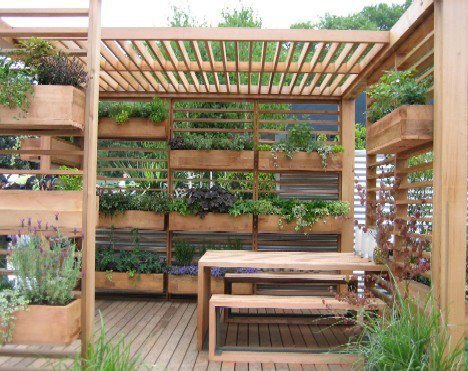






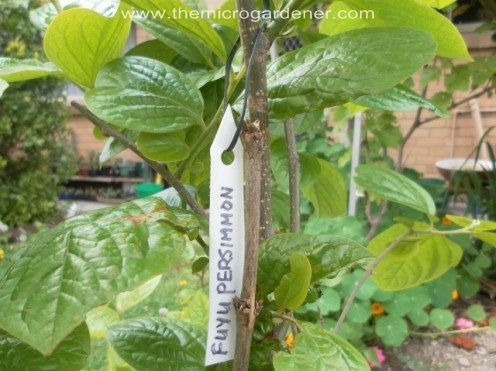









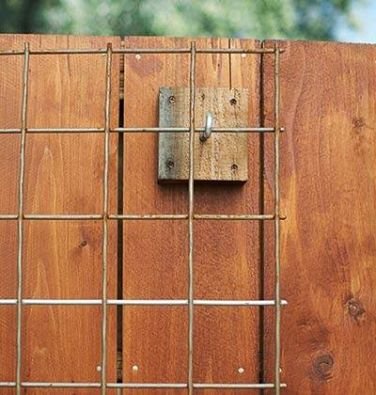




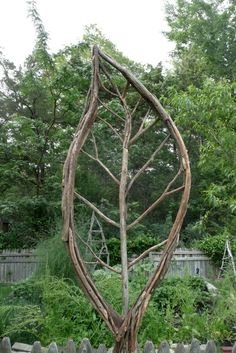


































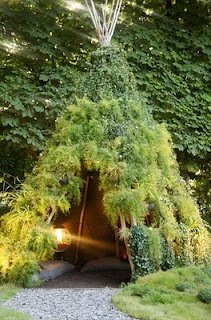




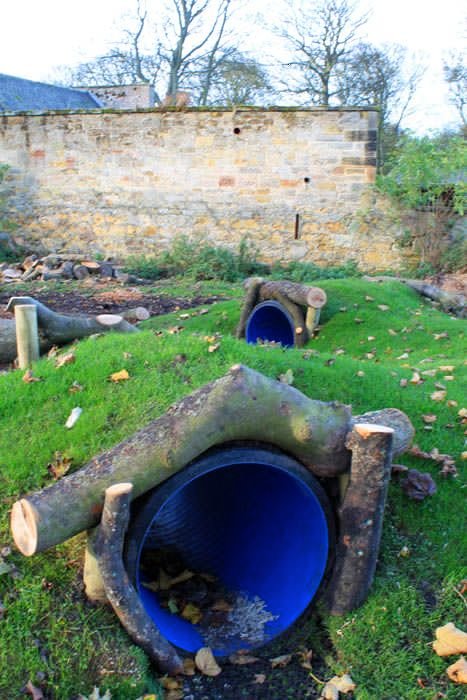




1. Paint pruning cuts – Latex, shellac, petroleum and asphalt compounds are some of the materials used for wound dressing to seal off the cut surfaces to prevent rot and other diseases. New research finds that wound dressings of this sort do not benefit trees and in most cases may be quite harmful.
When part of the stem is damaged, trees use self-healing mechanisms to form a scar at the site of the injury to keep out pathogens. Wound paints prevent the formation of scars and interfere with the natural healing mechanism. They can seal in water, spores, and microorganisms that cause decay. Bleeding cuts should never be dressed in any way.
Make the cut as clean using a sharp instrument. Clean the saw/pruning shears and make a slanting cut close to the collar of the branch. Leave it to the tree to do the rest. Do heavy pruning towards the late winter when trees are at minimum risk of infections.
2. Organic pesticides are safe – Organic compounds derived from plants and animals may be more biodegradable, but it is wrong to think they are all harmless to people or the environment. Some of the most poisonous substances are derived from plants and animals, examples being snake venom, ricin from the castor plant and botulinum produced by bacteria.
Several organic pesticides with varying amounts of toxicity are used in agriculture. Rotenone is a very potent pesticide, insecticide, and piscicide. Organic in origin, it has been found to be six times more toxic to humans and other animals than Sevin. Rotenone is banned in some countries but continues to be used liberally in others.
Nicotine, pyrethrum, and neem are other plant-derived pesticides. Nicotine has high toxicity for mammals, including humans; pyrethrum has immediate action on pests while being less toxic to mammals. Neem has slow action and disrupts the metabolic pathways of insects, but may be safe for other animals.
Bacterial toxins such as Bacillus thuringiensis (Bt) toxin and Alpha Beta Protein are used to trigger defense mechanisms in crops to produce biochemicals that make them more resistant to potential pathogens. The safety of these toxins and the substances plants produce against them is under the scanner. So, organic pesticides should be chosen carefully for their merits rather than their ‘organic’ label. And, they should be used with the same caution that you reserve for chemical fertilizers.
3. Amend clayey soil with sand – Clay holds water; sand quickly drains. What happens is more compacted soil that defies tilling, let alone better drainage. Fine clay particles fill the spaces between the larger sand particles, giving a thick, mortar-like consistency when mixed with water.
To amend clayey soil, add plenty of compost and leaf mold to resist compaction. It gives the soil an airy structure that facilitates better drainage. Once amended, sand may have some additional benefit.
4. Don’t water the garden at mid-day – That doesn’t seem to be the case. Many gardeners find it beneficial to spray their plants when they look tired in the hot sun. If any burn spots develop on leaves after you water your garden, check your water for soluble salt concentration. When water droplets evaporate, caustic salts on the leaves may cause burn spots.
5. Plant trees in deep holes to give them stability – The advice to dig a deep hole at least twice the height of the root ball is often followed. Deep holes are not what give stability to trees, but wider ones. The planting hole should be twice the diameter of the root ball, if not more. This provides a large area of loose soil for the roots to spread out. A wider base anchors a top heavy tree better than a narrow one.
6. Fill the planting hole with compost and fertilizers – Planting time is not the best time to provide these. When you fill a planting hole with compost, you give the plant a relatively loose medium rich in nutrients that absorbs moisture well. The plant will restrict its roots to this area. This affects the stability of the plant. In dry spells, fast-draining compost dries up quicker. With few roots beyond this area, the plant suffers. High concentrations of fertilizers can burn the roots, especially new roots. Root burn is a common reason for new plants not thriving.
Keeping the new plant in position, backfill the planting hole with the same soil you dug up. Water well. Allow the plants to spread out its roots in search of nutrients first, and then apply compost and fertilizers around the plant, never too close to the stem. Some gardeners dig a shallow ditch around the plants for adding compost.
7. No more watering if you convert your garden to a xeriscape – It is a myth that drought-tolerant plants don’t need to be watered. Plants native to arid lands do need quite a bit of water in the first year. Lavender, Agastache, Salvias, Yarrow, Sage, Blue-eyed grass, Red hot poker plant, Armeria, Black-eyed Susan are all drought-resistant once established but not drought-proof. They need regular watering and an occasional drink in summer. Drought-tolerant plants is hate water logging. Plant them in well-draining soil.
Some plants like cacti and succulents store water and may be able to survive dry periods without much damage. Grasses that dry up in the summer heat may turn green again when rains come. But if you neglect thin-leaved flowering plants, they may not make it through the summer.
8. Plant two of each fruit tree – Some fruit trees need cross-pollination to bear fruit. Self-fertilization can take place if male and female parts are present in the same flower or in different flowers on the same tree. There are exceptions.
Not all trees self-pollinate. They are self-sterile. Some apples, plums, pears and sweet cherry need pollen from other trees for fertilization to take place. Honey bees are the main pollinators of fruit trees. That means you need more than one apple tree or sweet cherry in your own garden or in neighboring gardens for the bees to bring in the pollen.
Just getting two of the same type of tree may not work out here. They have to flower at the same time and be compatible in other ways too. Know which varieties are compatible or go for a self-pollinating variety like Granny Smith and Golden delicious. Persimmons have separate male and female trees and you have no guarantee that you will get a male and a female unless you get grafted trees.
9. Feed a plant to revive it – We often forget that plants can make their own food. Millions of acres of woods and meadows manage without our intervention.
Plants may use up certain minerals in the soil resulting in their gradual depletion. When the minerals are provided with fertilizers, the plants often respond with renewed vitality. But every plant can’t be revived with additional feeding. The first step is to find out the reason for the decline such as insect attacks, diseases, environmental stress, adverse weather, damage to roots and root girdling. Both inadequate water and excess water can be detrimental. Rule out probable causes before giving plants a dose of fertilizer. Excess fertilizers can kill a tree under stress.
10. Add sugar or baking soda to get sweet tomatoes – The tomato variety and the amount of sun exposure has bearing on the taste and flavor of tomatoes, but soil pH does not affect sweetness. If you want sweeter tomatoes go for specific varieties known for their sweet taste.

Get More From Your Groceries – We often waste parts of the plant that are packed with flavor and nutrition.

Foods You Can Re-grow from Your Groceries
There are a number of fruits and vegetables that you can replant and grow. With grocery prices increasing, it’s time to get frugal in the kitchen and garden. We save money and reduce our carbon footprint. Try re-growing the following:

Examine worms with children. Worms are important to compost soil.
Worms have 5 hearts, a brain with two tiny lobes and a long spinal chord. It is divided into segments, has no bones but moves using muscles and very tiny hairs that are on each segment. They breath through their skin and it needs to stay moist for them stay alive. A worm has no arms, legs or eyes.
Though worms don’t have eyes, they can sense light, especially at their anterior (front end). They move away from light and become paralyzed if exposed to light for too long (approximately one hour). If a worm’s skin dries out, it will die.There are approximately 2,700 different kinds of earthworms.
Worms live where there is food, moisture, oxygen and a favorable temperature. In one acre of land, there can be more than a million earthworms. The largest earthworm ever found was in South Africa and measured 22 feet from its nose to the tip of its tail.
Worms tunnel deeply in the soil and bring subsoil closer to the surface mixing it with the topsoil. Slime, a secretion of earthworms, contains nitrogen. Nitrogen is an important nutrient for plants.
Worms are cold-blooded animals and have the ability to replace or replicate lost segments. This ability varies greatly depending on the species of worm you have, the amount of damage to the worm and where it is cut. It may be easy for a worm to replace a lost tail, but may be very difficult or impossible to replace a lost head if things are not just right.
Baby worms are not born. They hatch from cocoons smaller than a grain of rice. Worms are hermaphrodites. Each worm has both male and female organs.
Worm Bucket
